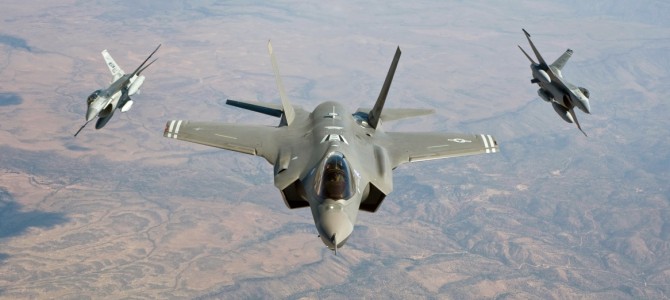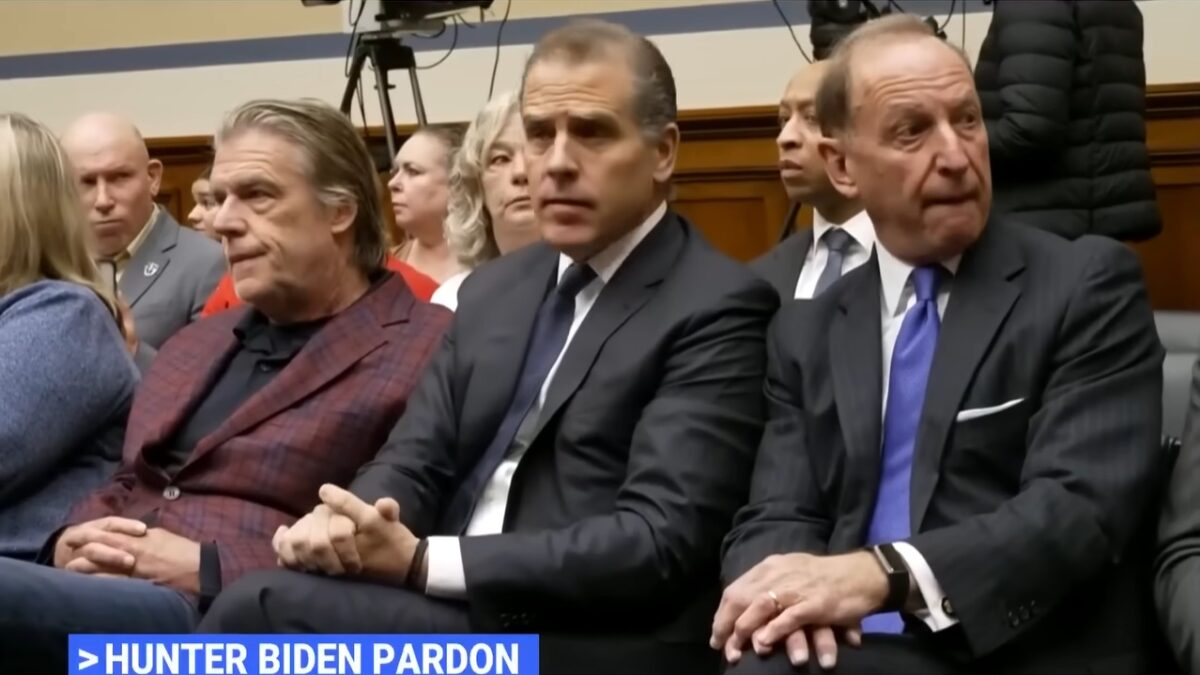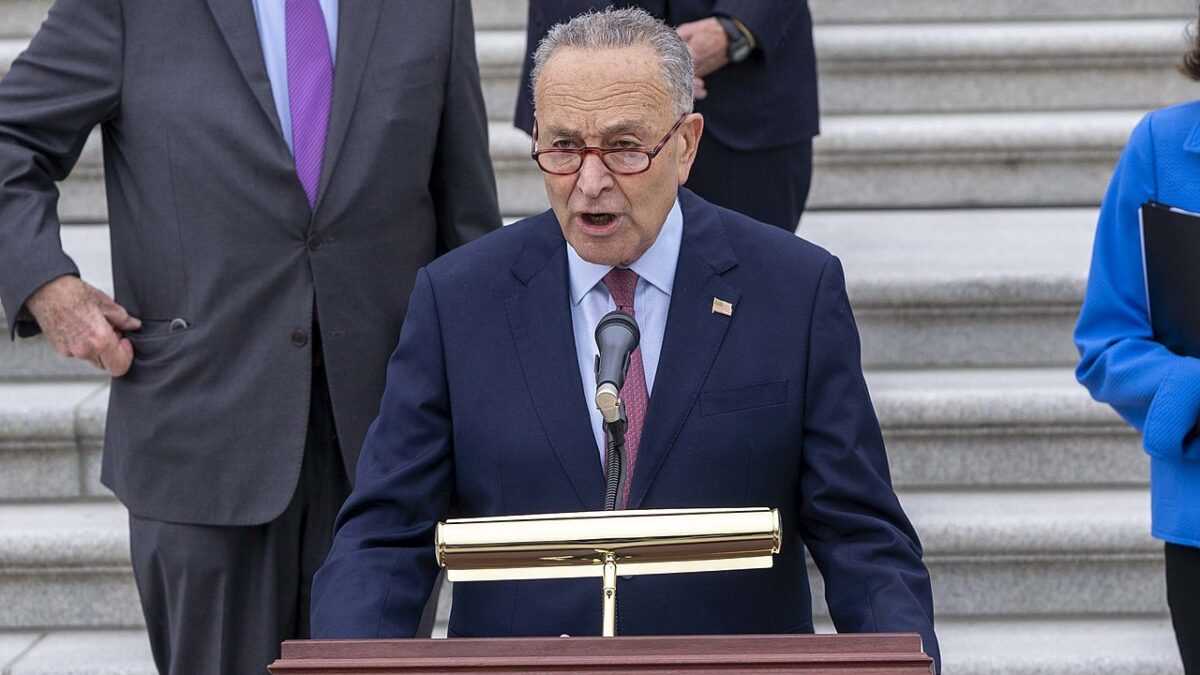
In an opinion column for the Washington Examiner published over the weekend, talk radio personality and future GOP debate moderator Hugh Hewitt drew a line in the sand. “Any Republicans who vote against higher defense spending should be fired,” blared the headline to Hewitt’s piece.
In the column, Hewitt — dubbed “the Republican establishment’s go-to pundit” — aimed his fire at congressional Republicans who may want to protect the sequestration caps Republicans fought so hard to enact in 2011, but make no mistake about it: a key GOP primary debate moderator is setting up his own litmus test for Republican presidential candidates. Unfortunately, it’s not not a particularly wise one.
Hewitt’s message is pretty simple. Vote for higher military spending, regardless of its strategic purpose, or be labeled as irresponsible and naive:
Small government grinds who point to stupid expenditures in the Pentagon in the tens of millions of dollars betray a fundamental, indeed disqualifying myopia about a budget of more than $600 billion yet still less than 3 percent of the nation’s GDP. Without the military and its vast budget there is no America for long. It will be attacked. It will be humbled. Americans will die in great numbers.
I think it’s more accurate to say that someone who mindlessly demands more cash betrays a “fundamental, indeed disqualifying myopia” about how the budget process actually works and how an effective national security policy should be designed. In a rather remarkable tell, Hewitt attempted to cast aside all criticism of Pentagon waste by characterizing it as “in the tens of millions of dollars.” He also slurred those concerned with waste as “small government grinds.” I hate to break it to Hewitt, but if he thinks waste within any federal agency is just a few million dollars, he simply hasn’t been paying attention.
Take the F-35, for example. The total cost of that weapons platform, which still isn’t anywhere near working like it’s supposed to, is projected to be roughly $1.5 trillion over its lifetime. A trillion dollars! Plus another half trillion! For a single airplane platform! By way of comparison, the Manhattan Project, which went from literally nothing to creating the most devastating weapon the world has ever seen (and did all these in just a few years), cost about $25 billion in today’s dollars.
The Manhattan Project ended the war in Japan, likely saving the lives of a million American servicemen in the process. The F-35 project, which will cost roughly 60 Manhattan Projects when all is said and done, can’t even fit the right close-air support bombs in its weapons bay (don’t worry, though: the F-35 will be able to fit those bombs by 2022 or so).
As The Federalist’s Scott Lincicome has noted, the cost of the F-35 system increased by approximately one Manhattan Project every three weeks between 2011 and 2012. When the weekly cost increases of a single weapons platform can be measured in Manhattan Projects, we have a problem. And it’s a problem much, much larger than “stupid programs…in the tens of millions of dollars.”
"Give Pentagon procurement bureaucrats whatever they want!" is the exact attitude that leads directly to man-made disasters like the F-35.
Sean Davis (@seanmdav) March 22, 2015
But that’s not my biggest beef with Hewitt’s angle of attack. My biggest beef is that the question he’s asking — sequestration or infinity dollars for the Pentagon? — is not the question that the adults in the situation room should be asking. It’s not even close.
Why? Because “how much money should we get” should never be the first question asked. It should never be the cause. Budget allocations should always be an effect, a result, the byproduct of a much more important exercise, namely strategic planning. And that gets to the real question defense hawks should be asking: What should the strategic purpose of the United States military be for the next generation?
The answer to that question basically fills in the blanks for all those other pesky budget questions. Can Hewitt tell us in a single sentence what the current strategic purpose of the United States military is? Can anyone?
Under LBJ, the goal was to be able to fight roughly two wars at the same time. Reagan set that at about two-and-a-half (the Soviets in Europe, a war in Asia, plus a regional conflagration in the Middle East), but he was clearly focused on stopping the Soviets. And he subjugated the goals of the branches to that main purpose. The Army would need to be able to fight to parity against the Soviets in Germany, the likely location of the battle royale of World War 3. The Air Force would need to be able to achieve air superiority. And the U.S. Navy would need naval supremacy.
In short, the purpose informed the process. Solutions were developed to address specific problems. Weapons platforms were developed to achieve specific objectives within that larger mission. We appear to have something approaching the exact opposite right now: weapons platforms in search of problems. Dollars in search of projects. Program managers in search of turf.
That process leads directly to the F-35 debacle. If you want to create a completely dysfunctional defense procurement process, by all means just start with a dollar figure and then work backwards, rather than starting with a clear strategic goal and building from that. That process leads directly to a $1.5 trillion plane that can’t fit the right bombs in its weapons bay.
Without thinking very hard and deliberately about what the vision for the U.S. military should be for the next generation, the question of “how much should we spend?” is completely beside the point. “Should we do sequestration or just airdrop cash over the Pentagon?” similarly misses the point. It puts the cart before the horse without ever considering whether we need the cart or the horse. Anyone who thinks that “sequestration or infinity Pentagon dollars?” is the big strategic question vexing military planning experts is someone who has no business deciding who is or isn’t ready to take command of the U.S. military.
If Hugh Hewitt really wants to learn about whether a presidential candidate is prepared to take the reins as Commander-in-Chief, he should set aside the silly dollar sign litmus test and ask each candidate to tell us, in a single sentence, what he or she believes the overarching strategic vision of the United States military should be for the next generation. And then, if Hewitt really wants to know whether the candidates are serious about the defense budgeting process, he can ask them where the $1.5 trillion F-35 fits into that vision.









